The Apple iPad Air 2 Review
by Joshua Ho on November 7, 2014 9:30 AM EST- Posted in
- Tablets
- Apple
- Mobile
- iOS
- ipad Air 2
Software: iOS 8
While hardware is important, the tablet ultimately needs compelling software in order to justify its place. Apple has done a great job of using the display’s extra real estate, although areas like Springboard are a bit lacking in information density when compared to the iPhone 6 Plus. Unlike the iPhone 6 Plus which usually only gives a multiple-pane view in landscape, the iPad can present more information all the time. While this may seem to be an artificial distinction, it’s really the 4:3 aspect ratio that improves information density for both orientations.
More notably, applications in the app store seem to be universally adapted for the iPad instead of being a stretched out iPhone version. It’s likely that this is because any iPhone-only application is a direct scaling rather than any proper interpolation, so at 1x mode the application is comically small and at 2x the application often looks horrific due to aliasing and upscaling artifacts. Both modes leave large levels of unused space in the display, so there’s a strong impetus to make a proper tablet application. The multitasking gestures continue to add to the tablet's functionality as well, which can be even quicker than normal multitasking. This is also helped by the use of two gigabytes of RAM, which noticeably reduces the amount of times that applications are kicked out of memory in my experience. As AArch64 can increase memory requirements it seems important for future iPhones and iPads to all ship with at least two gigabytes of RAM.
For the most part, these are already advantages that iPads have had for a while, so none of this really changes when compared to most other tablets, which have generally suffered from a relatively poor breadth of applications designed to take advantage of a larger tablet display. The one significant software feature to talk about here is TouchID, even though this is a hardware-driven feature. Similar to my experiences with TouchID on the iPhone, TouchID on the iPad makes a lot of sense. While there’s no NFC feature for Apple Pay, the same system works for online purchases which has a great deal of potential for any applications that utilize Apple Pay. The launch of iOS 8 also means that TouchID can be used as an alternate form of authentication for any application that uses the appropriate API, which is definitely nice as well. Of course, for basic unlock this system continues to work incredibly well, to the point where it’s often possible to accidentally unlock the device when turning it on with the home button.
However, there’s not much else to talk about. Unfortunately, while Apple has done a good job of developing the tablet it feels like there’s a lot of potential for new applications and other usage models that haven’t come to fruition. While the stylus is often seen as a negative for user experience, I suspect that the iPad would have for more value if a good pressure-sensitive stylus was included for note-taking and similar use cases. In addition, the lack of a proper multi-window system definitely detracts from the potential for the iPad to take on a productivity role. While these are all things that Samsung has done for the Galaxy Note line, these features aren’t really as well executed as they need to be for good user experience which leaves room for Apple to innovate in this area. It seems fully possible for an iPad to replace a ~20 mm thick convertible tablet for productivity and note taking, but proper development of these ideas hasn’t quite happened.
Unfortunately, as a function of the iPad’s size I find it hard to integrate into daily use. For the most part I don’t find myself missing the extra screen size when compared to a phablet like the iPhone 6 Plus, and this is likely to be Apple’s biggest issue as the iPhone 6 Plus can give much of the tablet functionality while still remaining relatively compact. While I’d be willing to put up with the extra size if there was compelling functionality that I wouldn’t be able to get on another formfactor, it feels like this uniqueness is lacking in the iPad. This doesn’t mean that there isn’t value to the iPad formfactor as there is a sizeable population of people that effectively use the iPad as their primary computing device, but for general browsing and comparable tasks I’ve never felt limited by the relatively small display of a phablet or smartphone. This means that there’s a significantly higher bar for utility, which is really the source of my concern. While the iPad’s software experience is excellently executed, after multiple generations it seems to be time to push in new directions for utility.


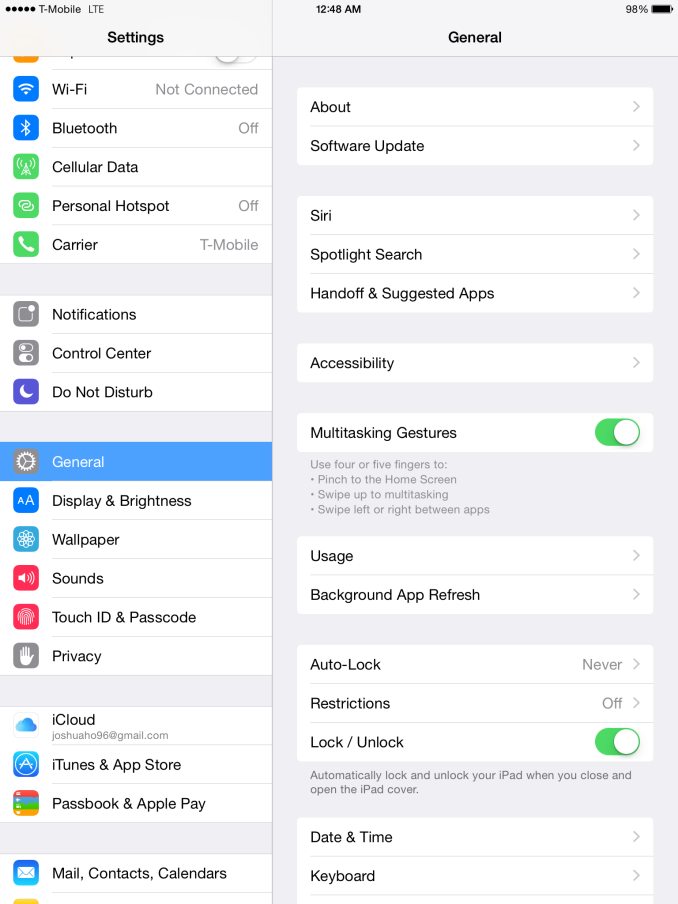
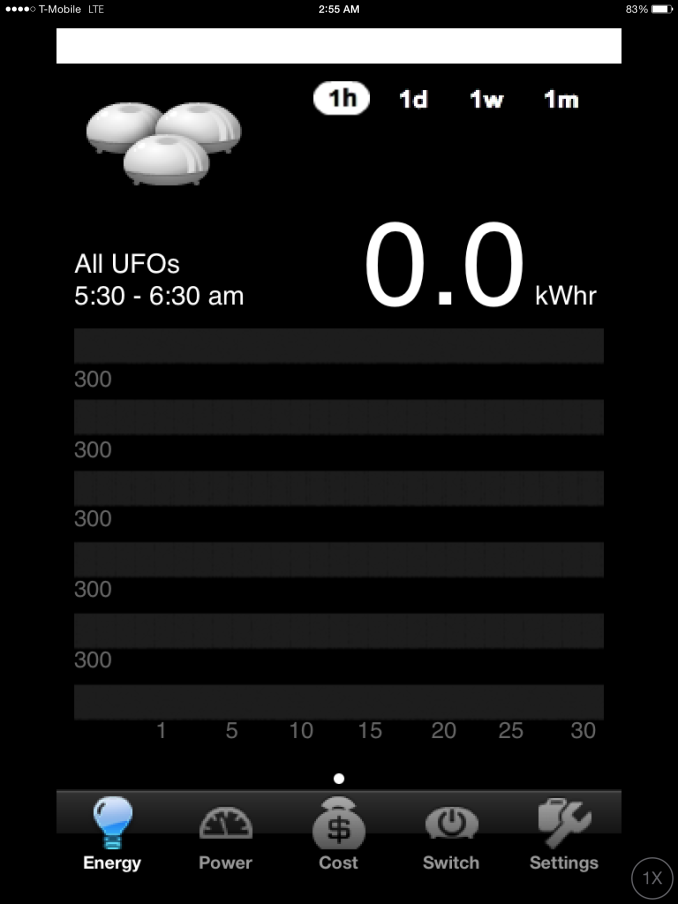
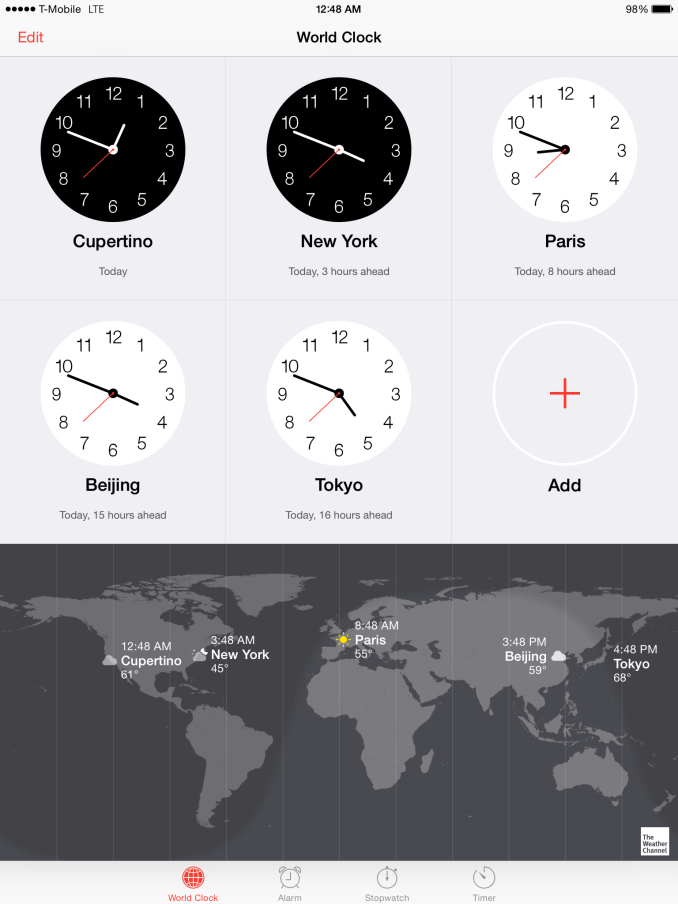
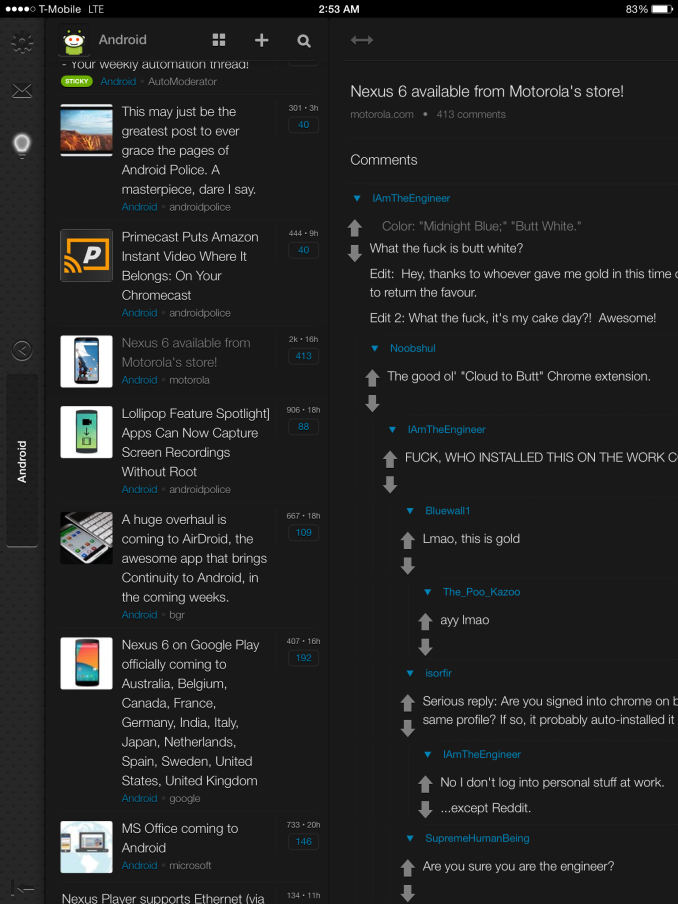

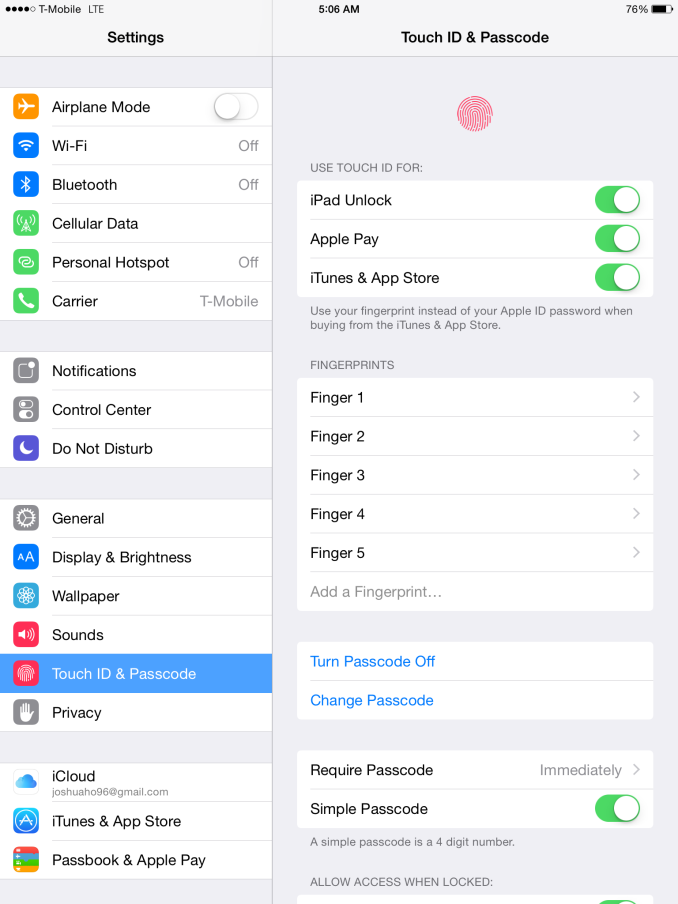








226 Comments
View All Comments
name99 - Friday, November 7, 2014 - link
Roughly Haswell IPC is equal to Apple IPC. There are lots of caveats to this --- Apple does better on Geekbench, Intel does better on SPEC (probably because they have a superior memory system). Intel also have, to be fair, a much more mature compiler, while Apple can probably squeeze another 10% out of LLVM for ARM64 over the next year or two, along with some improvements to the SPEC numbers when their long awaited polyhedral optimizations finally go mainstream.I used to think Apple would ramp to higher frequencies, now I think a different trajectory is more likely. An Intel CPU is a bundle of many capabilities, and the CPU part is only one of these. There's also, for example, the turboing subsystem, and the profiling/debugging subsystem. My guess is that they are (even though they have said nothing about it) headed for the same sort of HSA future that AMD talks about.
I expect over the next few years, much Apple work will go into this sort of less than sexy infrastructure, stuff that Apple won't talk about much (if at all) and it will only make its appearance in things like better XCode tools and much less overhead to transfer code and data between CPU and GPU. Looking at the competitive landscape, Apple look like they could get away with an A9 improvement that's to the A8 as the A8 is to the A7 --- a steady 25%, one third from compiler, one third from another 100 or 150MHz boost, and one third from more tweaking of the CPU.
It's possible that this is indeed what we should expect because I'd guess that Apple's A-team for CPU design is hard at work on the AWatch project, and probably following the same strategy as we saw with CPUs --- the S1 will probably be a good but not spectacular SoC, something reliable to get the project rolling, the equivalent of A5. S2 will presumably be a substantial jump, with all the less risky optimizations they couldn't fit into S1, while S3 will knock it out of the park, taking the risk of project slippage to make use of every good idea the team has.
If this theory is correct, It may not be until A10 or so, as the team has hired more people and the watch project becomes more stable, that we get a rethinking of the phone/tablet CPU.
[Of course by then, who knows, maybe Apple will have announced iDust and mote CPUs will be what their CPU A-team are working on?]
anquietas - Friday, November 7, 2014 - link
Good perspective! This sounds lIke exactly how Apple would operate.iwod - Saturday, November 8, 2014 - link
This. Most people when comparing ARM64 SoC to Intel often fail to count the difference between the software ecosystem. Intel had much more engineers and years of optimization in libraries, and compiler. There are still quite lot of work to do on ARM64 and LLVM.JoshHo - Friday, November 7, 2014 - link
While we haven't included the Surface Pro 3 in comparisons as it's a much more expensive device, all of the tests in this review and more have been released to Bench where you can compare the two SoCs.ABR - Friday, November 7, 2014 - link
Just got back from checking the iPad Air at a store, and the performance was disappointing to say the least. I've got an iPad 2, and I keep reading about these leaps and bounds in the SOCs each year, but when it comes to a real-world task like opening the Mail app or paginating a novel in iBooks, this supposedly mind-blowingly smoking device is only incrementally faster than my 2nd gen clunker. What gives?I thought maybe everything was being bottlenecked by the flash access, but Josh tested that too and of course it looked way ahead of earlier hardware in that area too. iOS slowdowns? I'm running 7 instead of 8 on the Air 2, but that's only one generation behind.
Anyone have any idea what the deal is?
rUmX - Friday, November 7, 2014 - link
You need to be performing more intensive tasks to see the huge peperformance differences, as benchmarks show. Opening mail is not very demanding.ABR - Friday, November 7, 2014 - link
I guess you're saying maybe there's a floor effect with Mail opening given by the animation timers if nothing else, but how do you explain iBook pagination? That takes several seconds and seems to be computatin limited.Sushisamurai - Friday, November 7, 2014 - link
If u can't tell a difference, then maybe u should hold onto your iPad 2. I sold my iPad2-32GB wifi model for $200, just to upgrade to this Air 2. My iPad2 was stuttering and dropping frames for the apps I was using (also on iOS8). This Air 2 is absolutely amazing compared to the iPad2 - some of my daily apps can load, and reload (after downloading a minor update), before my other iPad2 finishes loading LOLABR - Saturday, November 8, 2014 - link
Maybe it's iOS 8 then. Good way to sell hardware. The big performance drop going to 7 is one of the reasons I'm not going any further yet. I'd get the Air 2 for the weight, retina, and fingerprint, not the SOC, but the way it runs hot is a big downgrade.Streamlined - Friday, November 7, 2014 - link
FYI, I was doing some financial analysis on Apple and the iPad Air 2 cost structure and I'm estimating that the "Apple Tax" on these is probably only a little more than $100 per unit on the 16gb wifi model.Read the details at www.perezonomics.com